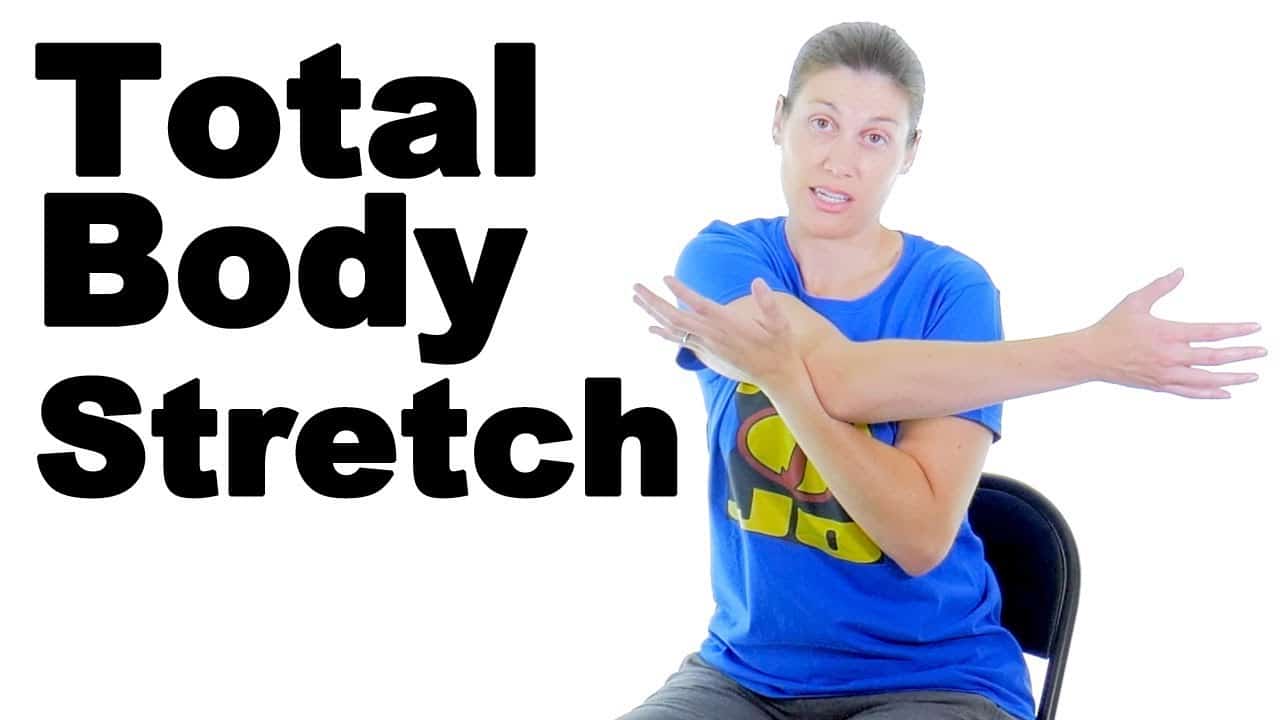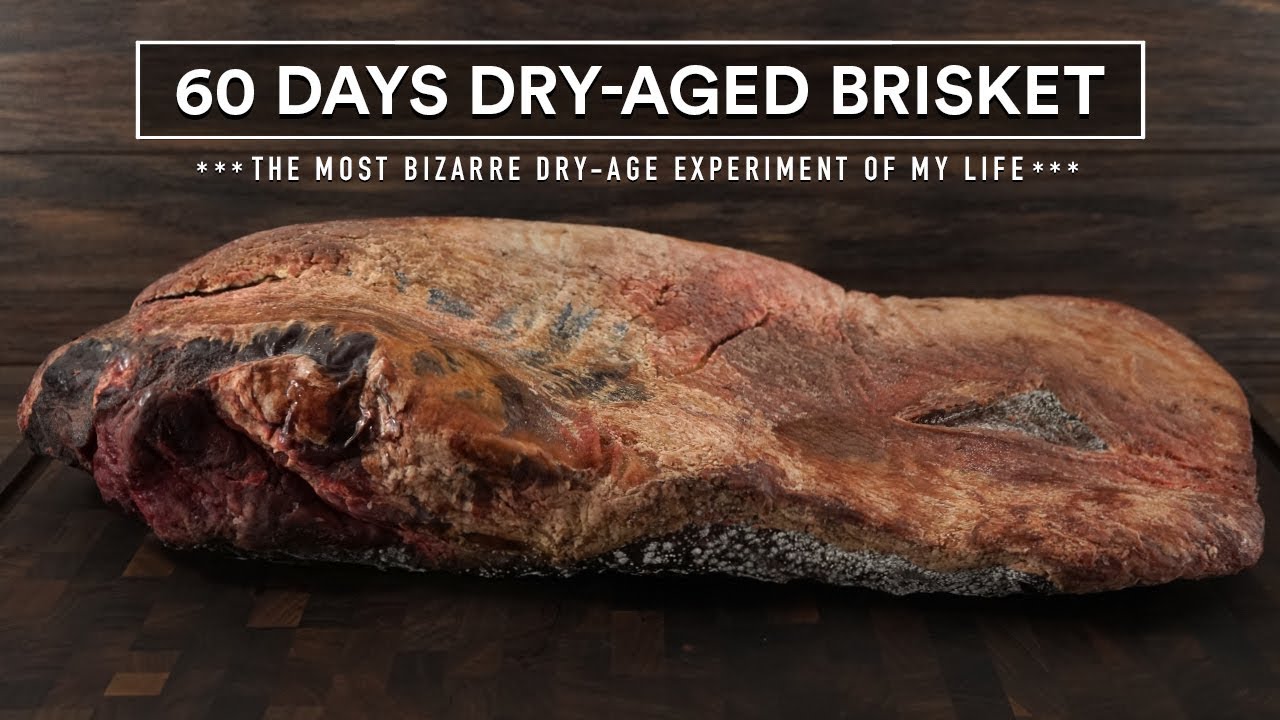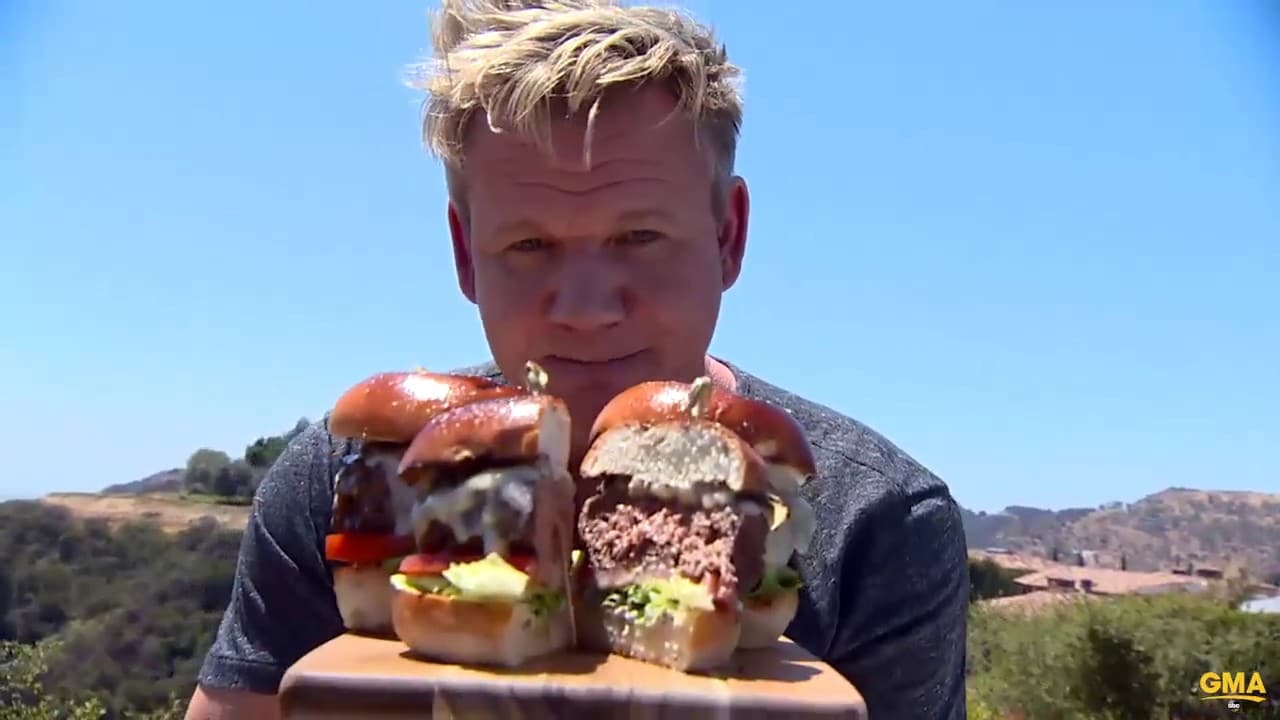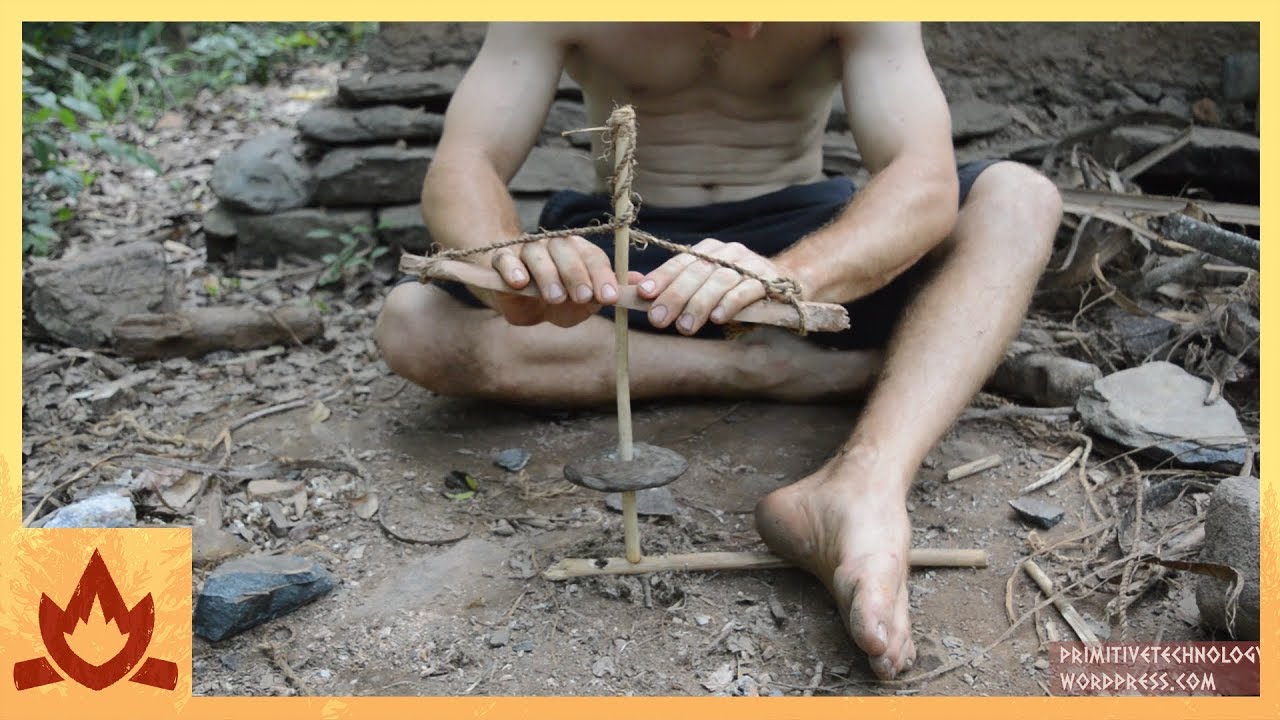Unleashing Potential: Exploring The Ed Mylett Show
The Power of Authenticity
What sets The Ed Mylett Show apart is Ed’s unwavering commitment to authenticity. In a world where curated personas and polished facades often dominate, Ed’s transparency and vulnerability shine through. He shares his own journey, complete with triumphs, setbacks, and lessons learned, creating a genuine connection with his audience.
Bold Conversations, Powerful Insights
At the heart of The Ed Mylett Show are the bold conversations Ed engages in with his guests. From world-renowned thought leaders to everyday heroes, each episode features insightful discussions on topics ranging from peak performance and mindset mastery to entrepreneurship and personal growth. With a knack for asking the right questions, Ed extracts profound insights and actionable advice that leave listeners feeling inspired and empowered.
Impactful Stories of Triumph
One of the hallmarks of The Ed Mylett Show is its emphasis on storytelling. Through captivating narratives of resilience, perseverance, and triumph, Ed and his guests offer a glimpse into the human experience. Listeners are transported into the lives of individuals who have overcome adversity, shattered limitations, and achieved extraordinary success, serving as a source of motivation and encouragement for those facing their own challenges.
Practical Tools for Success
Beyond inspiration, The Ed Mylett Show equips listeners with practical tools and strategies for success. From actionable tips for enhancing productivity and performance to techniques for cultivating a winning mindset, each episode is packed with valuable takeaways that can be applied to both personal and professional endeavors. Ed’s commitment to providing tangible resources empowers listeners to take concrete steps towards realizing their full potential.
Community and Connection
The Ed Mylett Show isn’t just a podcast; it’s a community united by a shared passion for growth and transformation. Through social media platforms and live events, Ed fosters a sense of belonging and connection among his listeners. Whether it’s sharing insights, celebrating achievements, or offering support during challenging times, the community surrounding The Ed Mylett Show serves as a source of encouragement and accountability for individuals on their journey towards greatness.
A Legacy of Impact
As The Ed Mylett Show continues to reach new heights, its impact reverberates far beyond the confines of the podcasting world. Through his unwavering commitment to authenticity, bold conversations, impactful stories, practical tools, and vibrant community, Ed Mylett is leaving a lasting legacy of empowerment and inspiration. With each episode, he invites listeners to embrace their limitless potential and embark on a journey of self-discovery and transformation.
In a world hungry for authenticity and guidance, The Ed Mylett Show stands as a beacon of hope, reminding us that greatness lies within each of us, waiting to be unleashed. So, tune in, lean in, and join Ed Mylett on a journey towards your fullest potential. After all, the greatest adventure of all is the one that leads to self-discovery and personal mastery.















